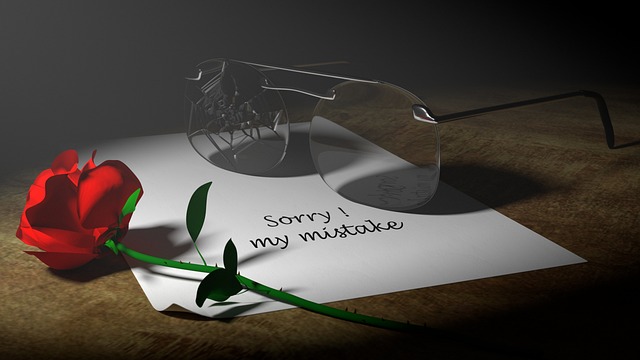Introduction: The Charm of Hand-Printed Lino Cards
Dive into the rewarding world of lino block printing, a printmaking technique perfect for crafting truly unique greeting cards. Forget generic store-bought options; each hand-carved, hand-printed card you create carries a personal touch and artistic flair recipients will treasure. This guide demystifies the process, leading you from setup to your first beautiful print.
Gathering Your Lino Printing Essentials

- Lino block (Soft-cut blocks are often easier for beginners than traditional battleship grey lino)
- Lino cutting tools (A starter set usually includes V-shaped and U-shaped gouges)
- Brayer (a small rubber roller for applying ink)
- Block printing ink (Water-based inks offer easier cleanup for beginners)
- Ink plate (a smooth, non-porous surface like a sheet of glass, acrylic, or even an old tile)
- Paper or card stock (Blank cards and envelopes work well; choose a smooth finish for crisp prints)
- Pencil and tracing paper (or graphite transfer paper)
- Bench hook (optional, but highly recommended for safety and stability while carving)
- Soft cloth or paper towels for cleanup
- Safety gloves (optional, but recommended during carving)
Your Step-by-Step Lino Printing Process
- Design and Transfer: Sketch your design, keeping it simple for your first try. Transfer it to the lino block using tracing paper and pencil (rubbing the back of the tracing paper transfers the graphite) or graphite transfer paper. Crucially, remember your print will be a mirror image of the carving on the block! Text needs to be carved backward.
- Carve Your Block: Secure your block (a bench hook is ideal). Using your lino cutters, carefully carve away the areas you want to remain white (the paper color). Think of it as removing the 'negative space'. Always push the cutter away from your body and keep your non-carving hand behind the tool's path. Use different gouges for varied line thicknesses and effects.
- Ink the Block: Squeeze a small amount (about pea-sized) of ink onto your plate. Roll the brayer back and forth through the ink, then side-to-side, until it's coated in a thin, even layer with a slightly tacky, 'orange peel' texture. Roll the inked brayer evenly across your carved lino block surface. Aim to coat the raised areas, avoiding getting ink into the carved-out sections.
- Print Your Card: Carefully position your card stock over the inked block, or place the block face down onto the card. Apply firm, even pressure across the entire back of the block. You can use a clean brayer, a traditional baren, the back of a wooden spoon, or simply rub firmly with the palm of your hand.
- The Reveal and Drying: Gently peel the paper off the block – enjoy the magic moment! Set your print aside on a flat surface or drying rack to dry completely. Water-based inks dry relatively quickly, but times vary based on ink thickness and humidity. Be patient to avoid smudges.
- Clean Up Promptly: Clean your tools *immediately* after printing, especially with water-based inks which can dry quickly and become difficult to remove. Wash the lino block, brayer, and ink plate thoroughly with soap and water. Dry them completely before storing. Well-maintained tools perform better and last much longer.
Elevate Your Cards with Personal Touches
Once comfortable with the basics, explore your creativity! Experiment with: multiple colors (using separate blocks or the reduction technique on a single block), layering prints for depth, creating ethereal 'ghost prints' (a second, lighter print without re-inking), printing on different colored or textured papers, or adding finishing details by hand with markers, colored pencils, or watercolors after the print ink is fully dry.
Continuing Your Lino Printing Journey

Ready to delve deeper? Numerous online tutorials (search for 'lino printing basics' or 'advanced lino techniques'), dedicated printmaking forums, and library books offer further guidance. Don't hesitate to ask questions at your local art supply store; their staff can often provide valuable advice and inspiration for your next project.